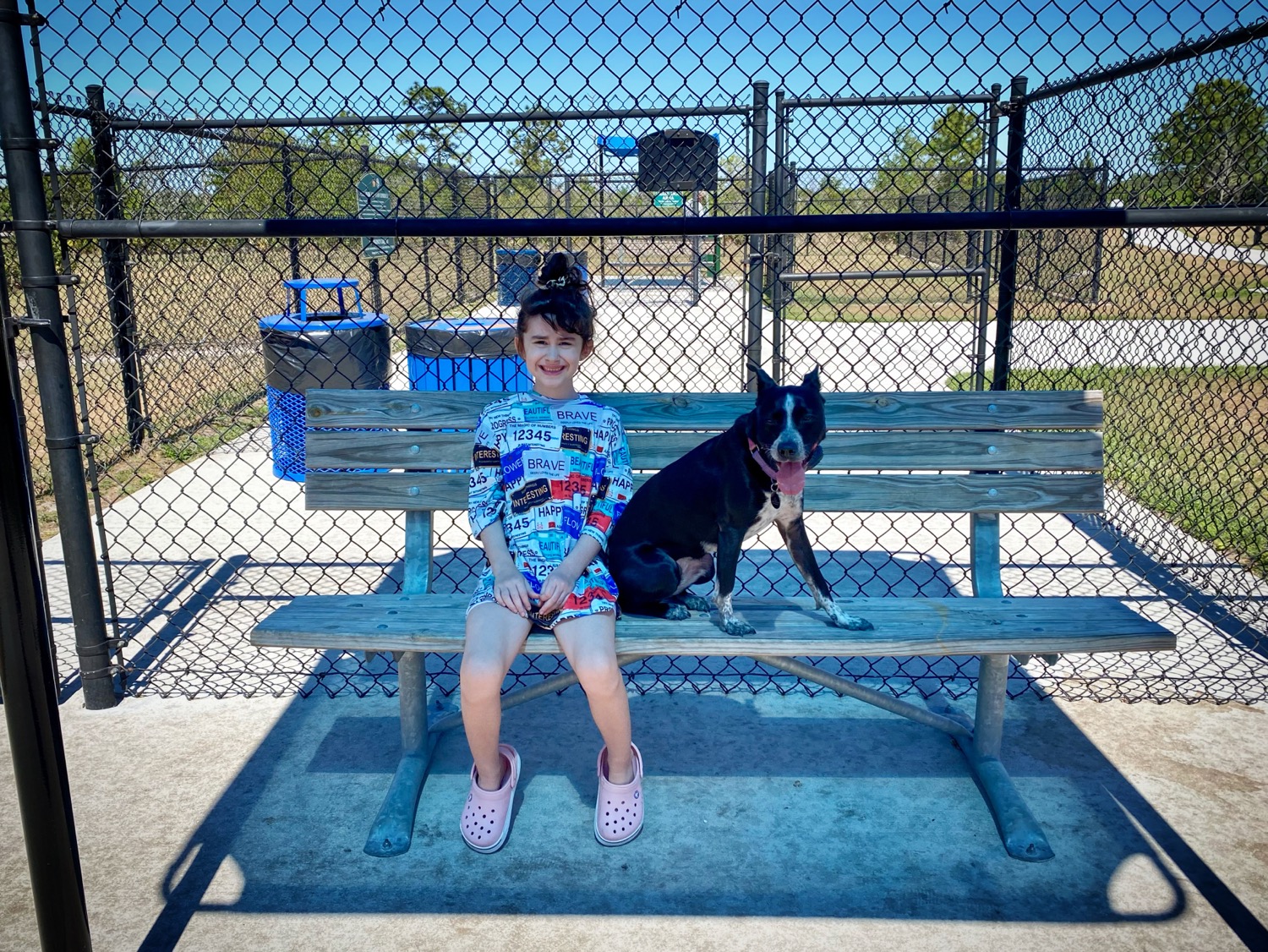Ensuring Reliability in Training: The Importance of Proofing Commands in Diverse Settings
- Jason Parks
- Oct 16, 2023
- 3 min read
Dog training isn't just about teaching a canine friend a particular action or response; it's about ensuring that they can reliably and consistently follow those commands, regardless of where they are or what's happening around them. That's where the concept of 'proofing' comes in. This article delves into the need for proofing commands and how to effectively test them in a range of settings.
1. Understanding Proofing in Dog Training
Defining Proofing: At its core, proofing means ensuring that a dog responds to commands not just in the training environment but in all situations and settings.
The Goal: The ultimate aim is to have a dog that listens and obeys, whether at home, in a park, in a bustling city, or amidst other distractions.
2. Why Proofing Commands is Vital
Consistency is Key: Dogs thrive on consistency. When they know what to expect and how to behave in varied circumstances, it creates a sense of security.
Safety Concerns: A dog that responds reliably to commands like "come" or "stay" in all situations is safer, especially in potentially dangerous scenarios like crossing a street.
Building Trust: When a dog obeys commands consistently, it strengthens the bond of trust between the dog and the owner, leading to a more harmonious relationship.
3. Starting with a Solid Foundation
Mastering Basics: Before introducing a dog to diverse environments, ensure they have a strong grasp of the command in a controlled setting.
Reinforce with Rewards: Positive reinforcement, like treats or praise, can reinforce desired behaviors, making them more likely to recur.
4. Gradual Introduction to Diverse Settings
Level Up: Start by introducing minor distractions. As the dog becomes proficient at obeying the command amidst these, gradually increase the complexity.
Examples of Progression: For a command like "sit," it could start with practicing in a quiet room, then with a TV on, next in a backyard, then a park, and eventually in a busy market.
5. Tips for Effective Proofing
Practice Regularly: It's not enough to proof a command once and consider it done. Regular practice in various settings ensures continued reliability.
Stay Calm and Patient: Not all dogs will adjust to new settings at the same pace. Maintaining patience and composure during training sessions is essential.
Use Long Leads: In unsecured or unfamiliar environments, long leads can give dogs a feeling of freedom while still ensuring safety and control.
6. Challenges in Proofing and How to Overcome Them
Overstimulation: Some settings might be overwhelming for dogs. In such cases, it might be beneficial to revert to a less distracting environment and then try again after some time.
Lack of Motivation: Just as the environment becomes more challenging, so should the rewards. Using a dog's favorite treat or toy can keep them motivated in high-distraction areas.
Inconsistency in Commands: Ensure that commands remain consistent. If multiple family members are involved in training, they should all use the same cues and commands.
7. Advanced Proofing Techniques
Distance and Duration: Once a dog is reliably following a command in various settings, increase the challenge by adding distance or extending the duration. For instance, asking a dog to "stay" while moving farther away.
Incorporate New Distractions: Introduce other animals or new sounds to continue expanding the dog's range of reliable responsiveness.
8. Celebrating Successes
Acknowledging Progress: Celebrate the small victories along the way. Each successful proofing session is a step towards a well-trained, obedient dog.
Reaping the Rewards: A well-proofed dog means more freedom. They can enjoy off- leash playtimes, accompany owners to more places, and overall have a more enriched life.
9. Seeking Professional Guidance For those who find proofing commands challenging, seeking expertise from a dog training business can make a significant difference: Structured Training Programs: Many dog training businesses offer programs specifically tailored to proofing, ensuring a systematic approach. Hands-on Guidance: Professionals can provide real-time feedback and corrections, making training sessions more effective.
Conclusion Proofing commands in diverse settings is not just an advanced training step but a fundamental aspect of responsible dog ownership. A dog that reliably listens and responds to commands in all environments is not only more pleasant to be around but is also safer and happier. Whether just starting the proofing journey or looking to advance a dog's training even further, understanding the importance of diverse setting tests and applying the techniques and tips outlined above will ensure success. And, for those seeking an extra helping hand, a reputable dog training business can provide invaluable guidance and support.




Comments